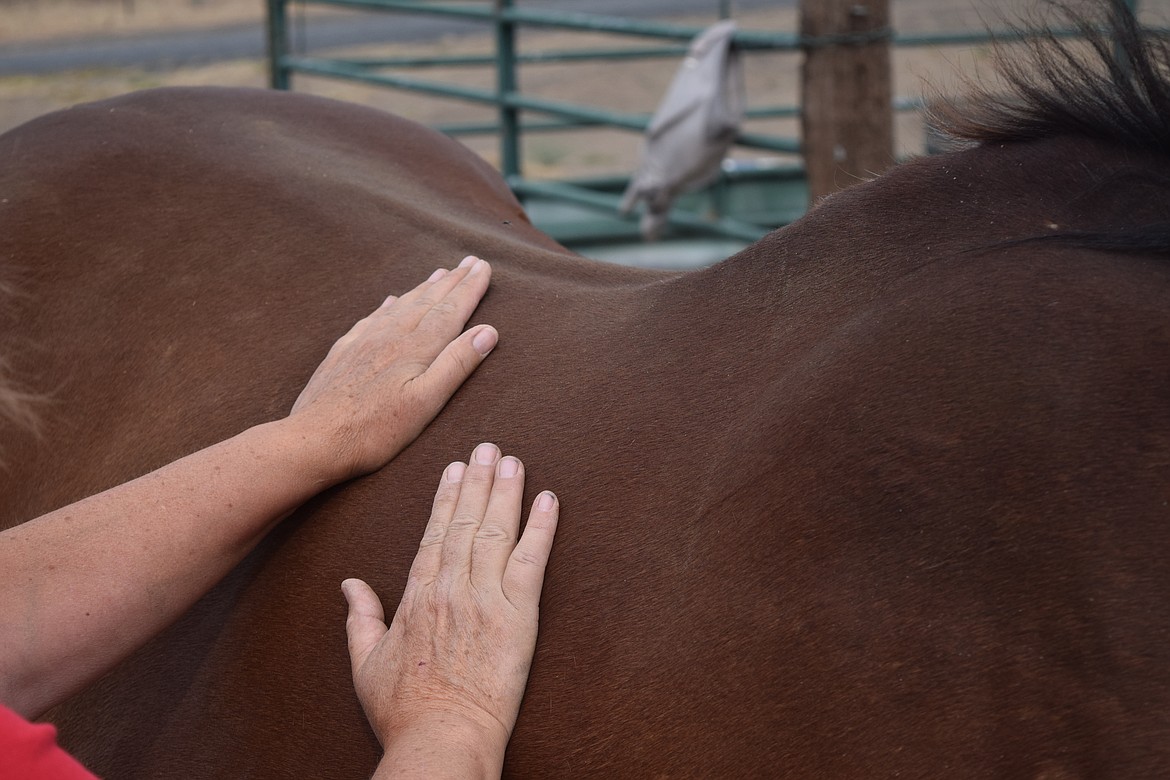Handy with horses: Benefits of equine massage detailed at seminar
SOAP LAKE — It’s really about learning to read an animal’s “non-verbal cues.”
Become a Subscriber!
You have read all of your free articles this month. Select a plan below to start your subscription today.
Already a subscriber? Login




